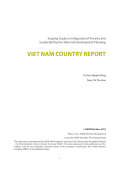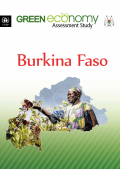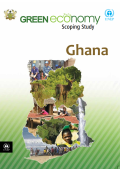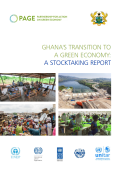
This Scoping Study on Integration of Poverty and Sustainability into National Development Planning is a Vietnam country report which aims at assembling evidence on the extent to which integrated approaches and a transition to a more inclusive, greener economy have been adopted in Vietnam.

The International Labour Organization (ILO) is supporting Mauritius in its endeavor to become a sustainable island through the promotion of green jobs in the country. The synthesis report Green Jobs in Mauritius: Experiences from a Small Island Developing State presents the various initiatives that have been conducted in 2011-2012 within the “Maurice Ile Durable” framework.

This Green Economy Assessment Study – Burkina Faso has been prepared under the scope of UNEP’s Green Economy Initiative (GEI), which was launched in 2008. The overall goal of this study is to facilitate Burkina Faso to seize the opportunities that transitioning to Green Economy can offer.

The aim of this Green Economy Scoping Study: Ghana is to identify how Ghana can transition to a green economy. The study focuses on agriculture (cocoa and fisheries); forestry and logging; and industry (electricity, water and sewage) as initial sectors for greening the economy in Ghana.

This report Ghana's Transition to a Green Economy: A Stocktaking Report provides an analysis of ongoing green economy related activities in Ghana and provides the basis for further actions leading to the eventual adoption of policy options, especially in the frame of the development plans and policies in the country.
